I am implementing Kosaraju's Strong Connected Component(SCC) graph search algorithm in Python.
The program runs great on small data set, but when I run it on a super-large graph (more than 800,000 nodes), it says "Segmentation Fault".
What might be the cause of it? Thank you!
Additional Info: First I got this Error when running on the super-large data set:
"RuntimeError: maximum recursion depth exceeded in cmp"
Then I reset the recursion limit using
sys.setrecursionlimit(50000)
but got a 'Segmentation fault'
Believe me it's not a infinite loop, it runs correct on relatively smaller data. It is possible the program exhausted the resources?
